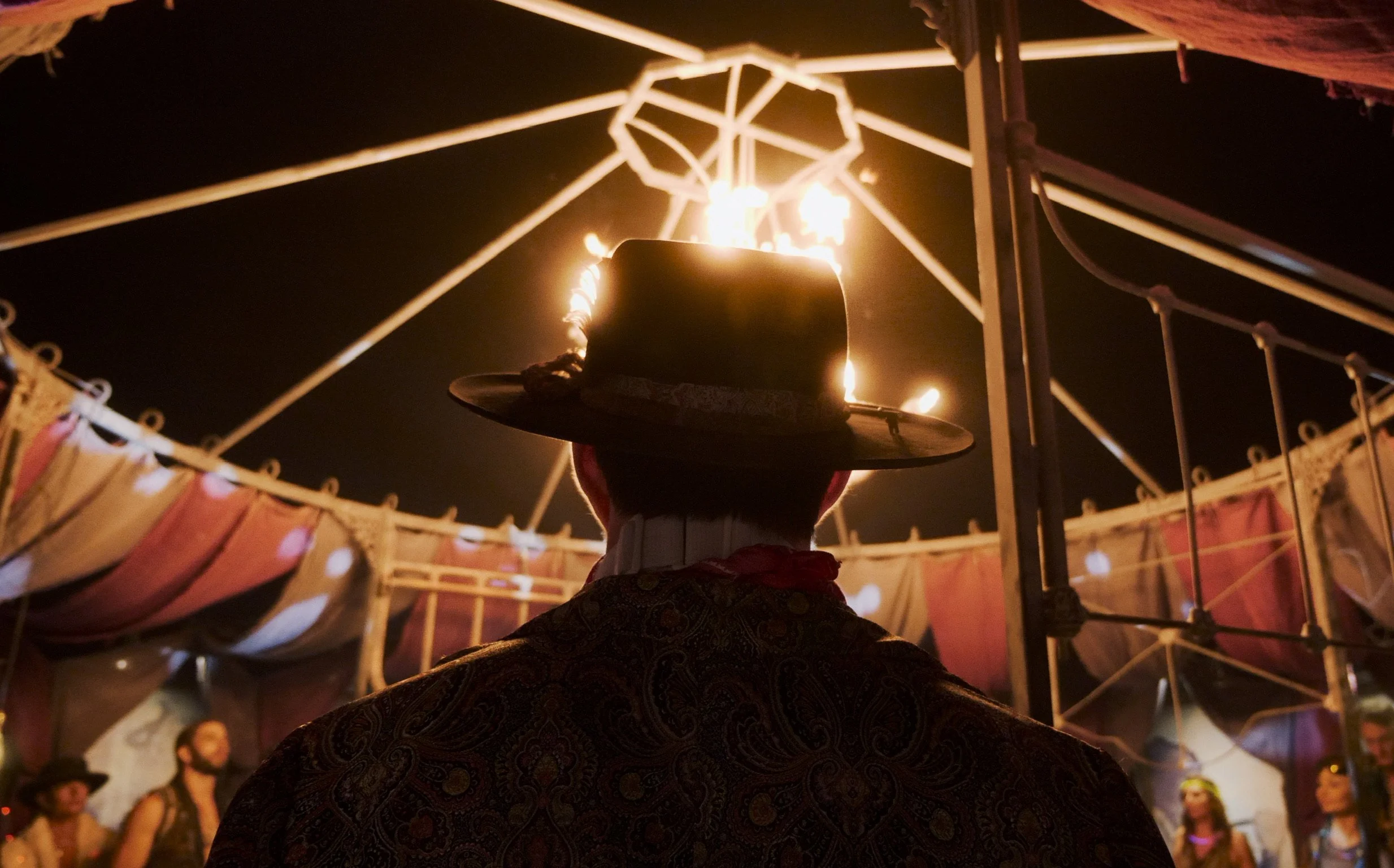From Blockbusters to Indies: Understanding Different Film Genres
In the vast and diverse world of cinema, films come in all shapes and sizes, catering to a wide range of tastes and preferences. From big-budget blockbusters to intimate indie dramas, each genre offers its own unique storytelling conventions, themes, and audience appeal. In this blog post, we'll take a deep dive into the world of film genres, exploring the characteristics of various genres and the factors that distinguish them from one another.
Defining Film Genres
Film genres are categories that are used to classify movies based on shared characteristics such as narrative structure, themes, and stylistic elements. While the boundaries between genres can sometimes be fluid and overlapping, they provide a useful framework for understanding and categorizing different types of films. Some of the most common film genres include action, comedy, drama, horror, science fiction, fantasy, romance, and thriller, among others.
Blockbusters
Blockbusters are typically big-budget, high-concept films that are designed to appeal to a wide audience and generate significant box office revenue. These films often feature spectacle, special effects, and larger-than-life action sequences, with a focus on entertainment and escapism. Blockbusters are known for their mass appeal and often dominate the summer movie season, attracting audiences with their star-studded casts and elaborate marketing campaigns.
Examples of blockbusters include franchises like "Star Wars," "Marvel Cinematic Universe," and "Harry Potter," as well as standalone films like "Avatar," "Jurassic Park," and "Titanic." These films are characterized by their grand scale, epic storytelling, and high production values, making them a staple of mainstream cinema.
Indies
In contrast to blockbusters, independent films, or indies, are typically produced outside of the major studio system and often have lower budgets and more unconventional storytelling approaches. Indie films are known for their artistic ambition, creative freedom, and willingness to explore niche subjects or experimental techniques. While they may not have the same level of mainstream appeal as blockbusters, indies often attract critical acclaim and find success on the film festival circuit.
Examples of indie films include "Moonlight," "Boyhood," "Little Miss Sunshine," "Lady Bird," and "Juno." These films are characterized by their focus on character-driven narratives, realistic dialogue, and nuanced performances, often exploring themes such as identity, relationships, and social issues.
Factors that Distinguish Genres
While there is a wide range of film genres, several key factors distinguish them from one another:
Themes and Subject Matter: Different genres explore different themes and subject matter, ranging from action and adventure to romance and comedy.
Tone and Atmosphere: Each genre has its own tone and atmosphere, which influences the overall mood and emotional impact of the film. For example, horror films often aim to create a sense of fear and suspense, while comedies aim to provoke laughter and amusement.
Narrative Structure: The narrative structure of a film can vary depending on its genre. For example, thrillers often feature twists and turns, while dramas focus on character development and emotional depth.
Stylistic Elements: From cinematography and editing to music and visual effects, different genres employ a variety of stylistic elements to enhance the storytelling experience. For example, science fiction films often feature futuristic settings and advanced technology, while period dramas aim for historical accuracy and authenticity.
Blurring the Lines
While film genres provide a useful framework for understanding different types of films, it's important to recognize that the boundaries between genres are not always clear-cut. Many films incorporate elements from multiple genres, resulting in hybrid genres or subgenres. For example, a film may blend elements of science fiction and horror, or combine comedy and drama. These hybrid films offer new and innovative storytelling possibilities, challenging traditional genre conventions and appealing to diverse audiences.
Conclusion
From blockbusters to indies, film genres offer a diverse array of storytelling experiences, catering to a wide range of tastes and preferences. While blockbusters dominate the mainstream with their spectacle and mass appeal, indies provide a platform for artistic experimentation and creative risk-taking. By understanding the characteristics of different genres and the factors that distinguish them, audiences can better appreciate the rich and varied landscape of cinema. Whether you're in the mood for a thrilling action-packed adventure or a thought-provoking indie drama, there's a film genre out there for everyone to enjoy.

